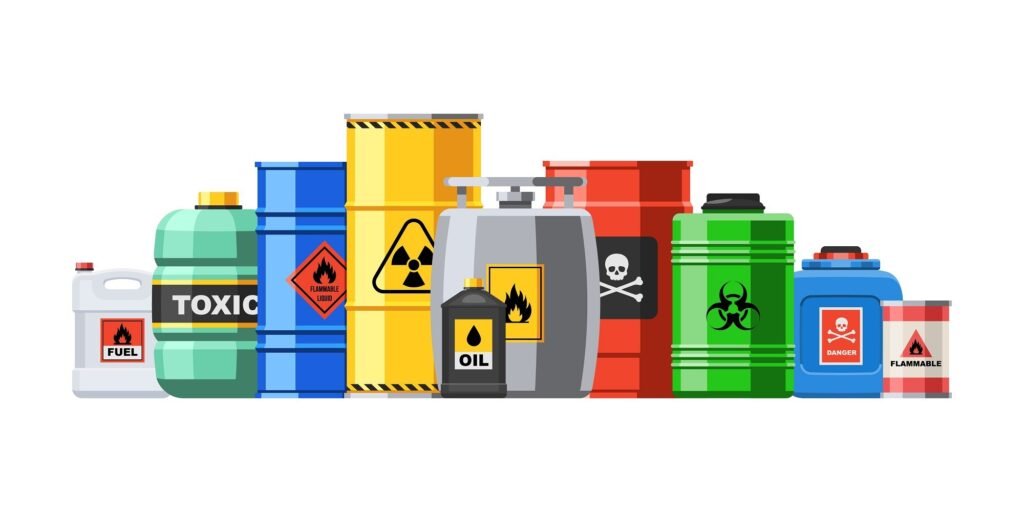China’s State Council on Dec. 30 announced a national emergency system development program for the 14th Five-Year Plan that will implement stricter regulations on production safety and hazardous chemicals.
The program lists binding targets, expected achievements, and key regulated areas and projects for the 14th Five-Year Plan period as well as describing how well the targets of the 13th Five-Year Plan were achieved. Safety risk management for dangerous chemicals, including ammonium nitrate, and fine chemicals is considered a key area of hazardous chemical management.
Binding targets for emergency management
- Reduce the number of casualties in production safety accidents (industrial accidents) by 15 percent from the 13th Five-Year Plan period
- Reduce the number of serious and special serious production safety accidents by 20 percent from the 13th Five-Year Plan period
- Reduce the production safety accident mortality rate per GDP by 33 percent from the 13th Five-Year Plan period
Development of regulations on emergency management
- Accelerate the development of subordinate regulations under the Production Safety Law while developing and revising regulations on emergency management, advance disaster control measures and hazardous chemical safety
- Revise the Measures on Unexpected Accident Emergency Response to categorize unexpected accidents and set standards for their classification
- Conduct rigorous inspections to ensure compliance with current regulations; develop standards for discretion to impose administrative punishment concerning production safety; develop a more detailed administrative punishment system; strictly punish serious illegal acts conducted before the occurrence of accidents; and standardize the coordination between administrative punishment and the criminal justice system
Key areas of emergency management
- Key areas include hazardous chemicals, mines, firefighting, transport, industrial parks and hazardous waste.
- For hazardous chemical management, sources of serious dangers are strictly managed, and regulations on the following things are given priority: safety risk management of dangerous chemicals, including ammonium nitrate, and fine chemicals; automation; safety management in special operations; and the transport, use and disposal of chemicals.
- Fire control for factories and electric vehicles is rigorously supervised.
- The storage, utilization and disposal of hazardous waste are rigorously overseen. Law enforcement activities are conducted against illegal storage, dumping and landfill of hazardous waste.
The full text of the national emergency system development program (in simplified Chinese) is available at
https://www.mee.gov.cn/zcwj/gwywj/202202/t20220214_969138.shtml
 China announces national emergency system development program for 14th Five-Year Plan
China announces national emergency system development program for 14th Five-Year Plan 

























